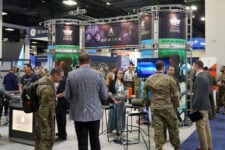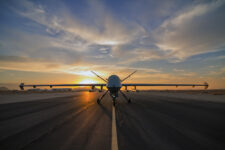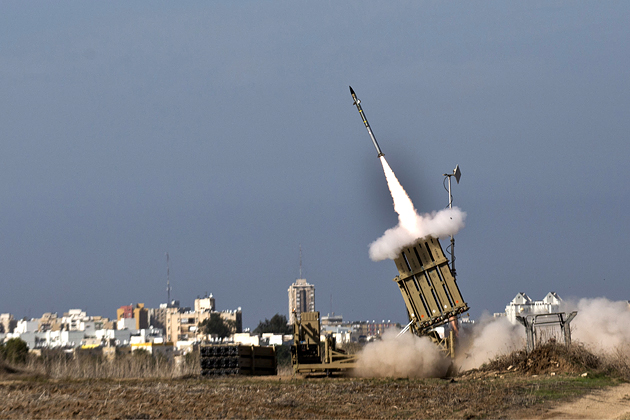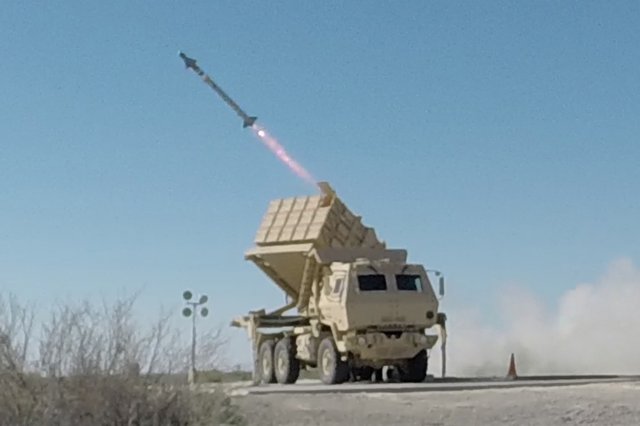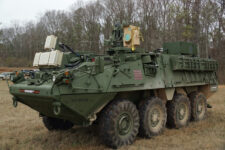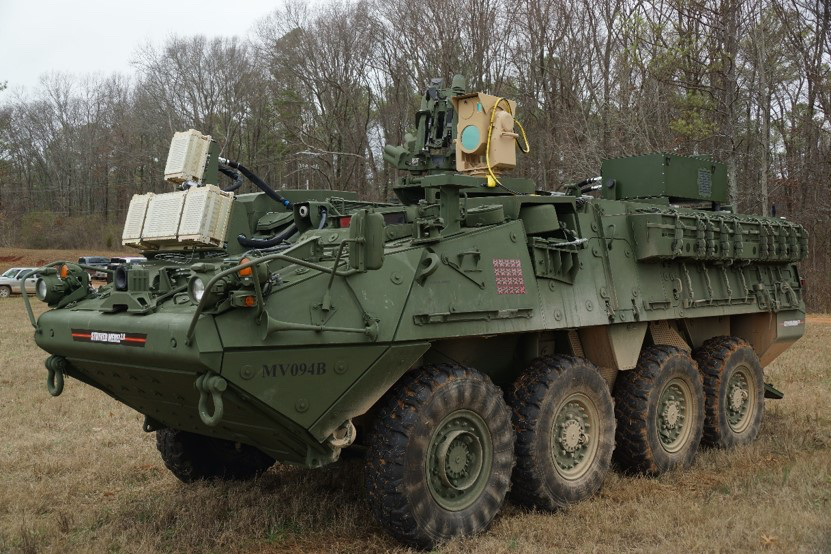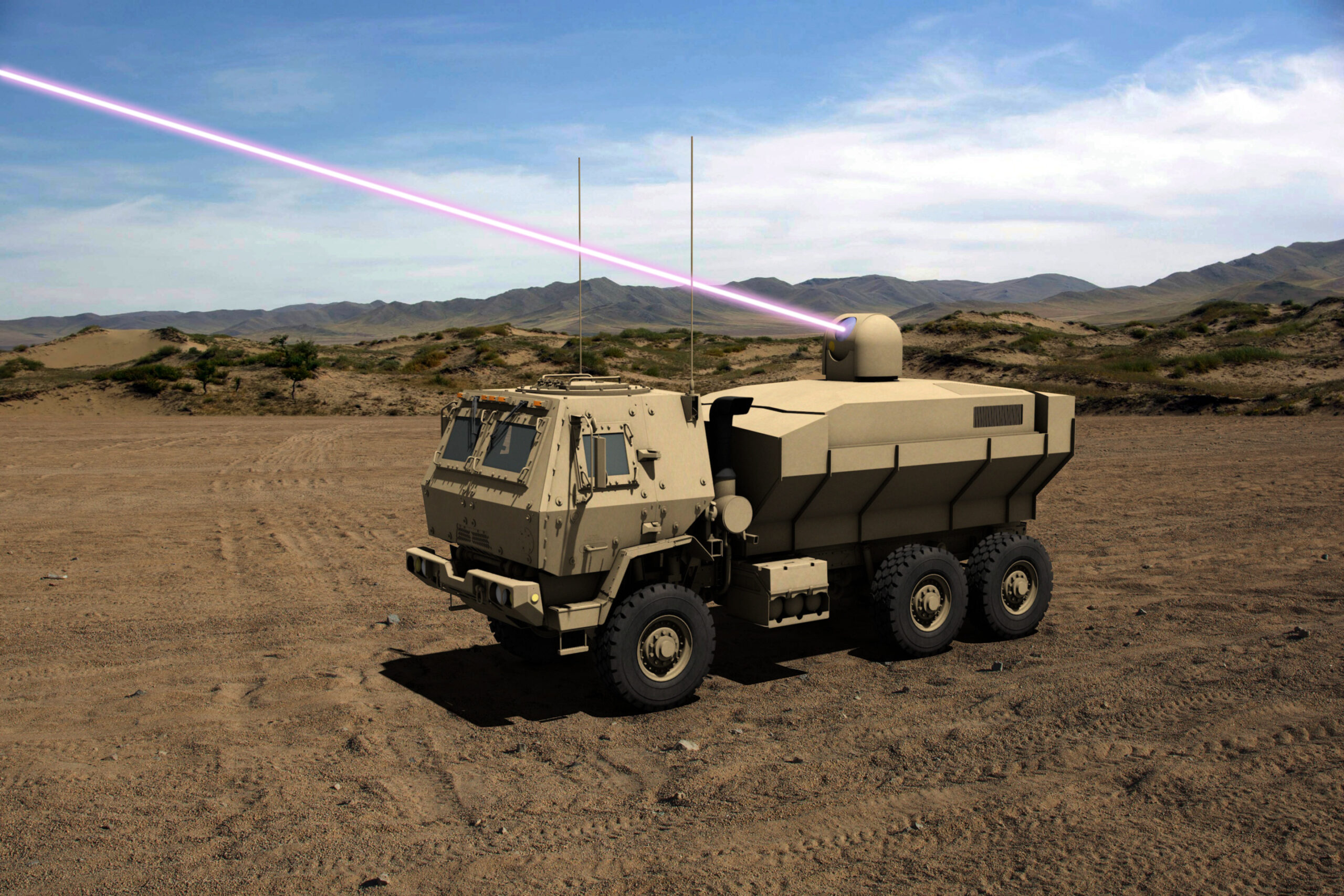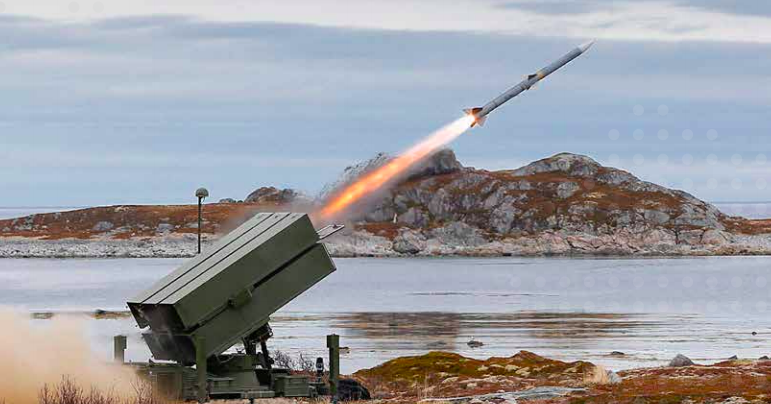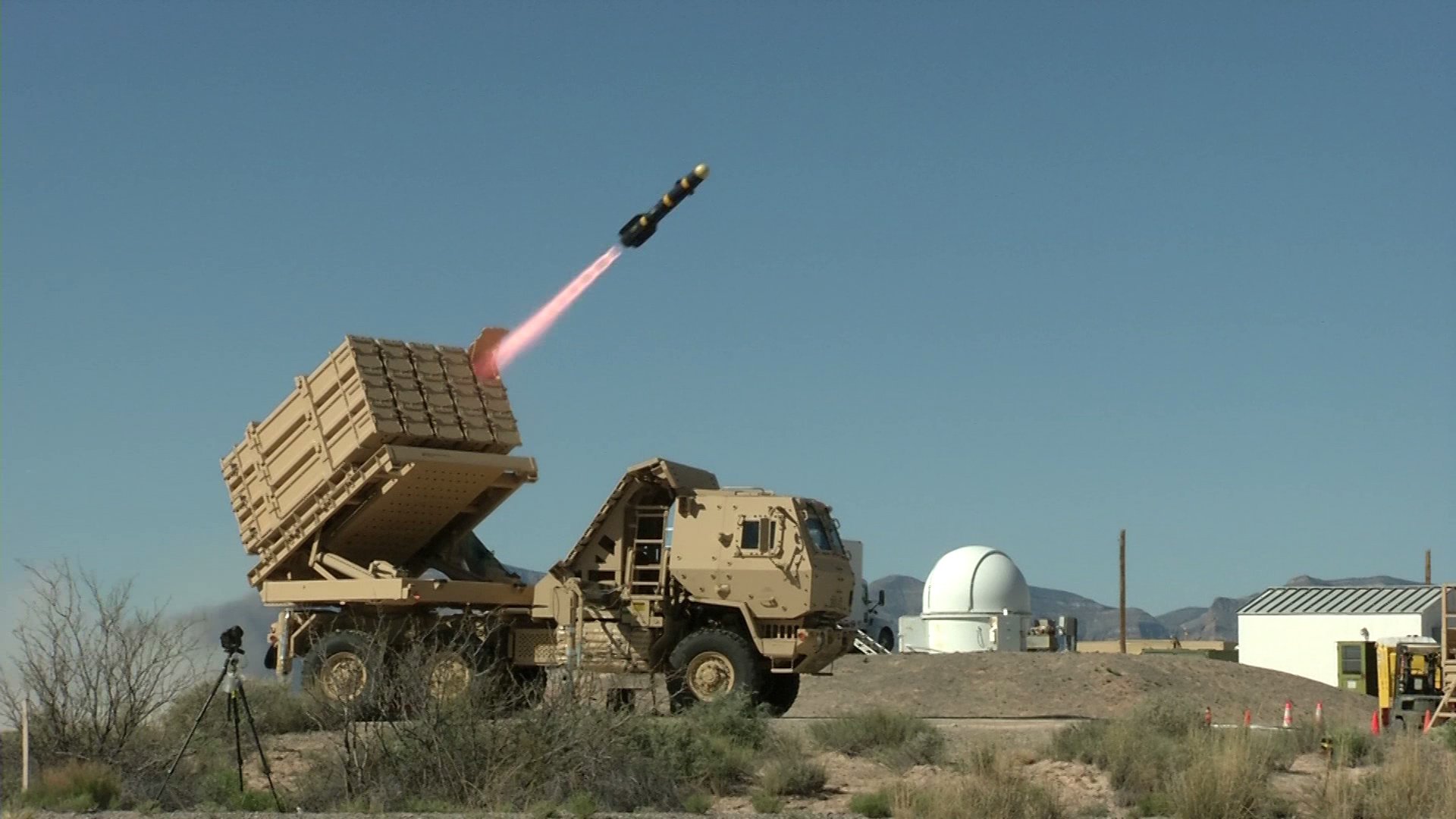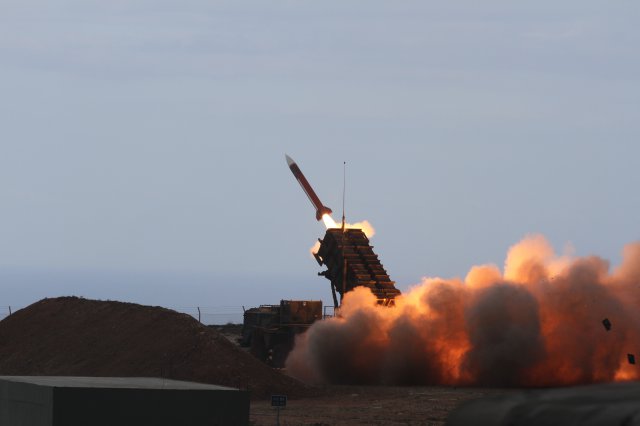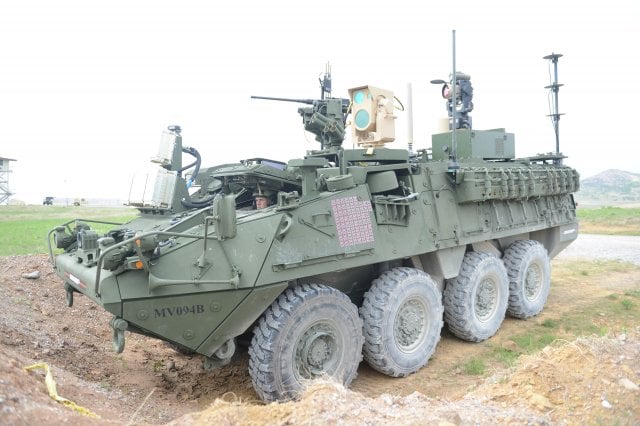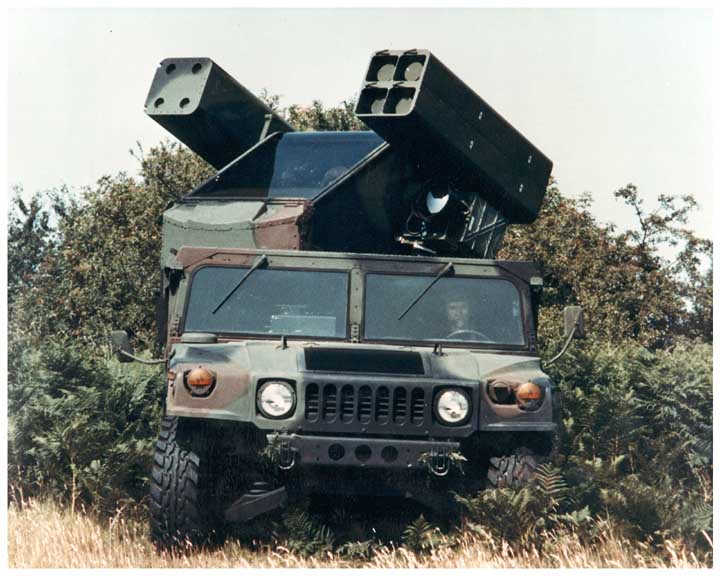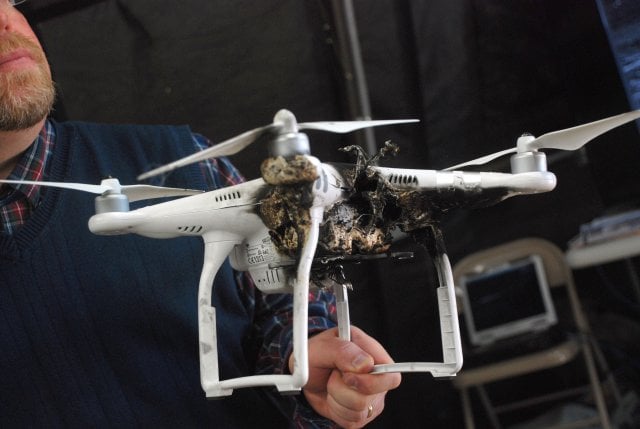
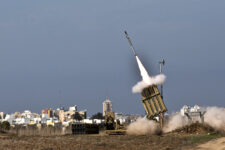
Israeli manufacturer Rafael says its anti-rocket system can now shoot down cruise missiles. Army Secretary Ryan McCarthy and acquisition chief Bruce Jette are saying, show us the data.
By Sydney J. Freedberg Jr.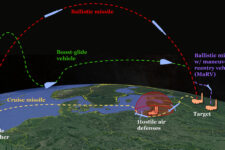
Research and development spending on hypersonics will nearly double in ‘21, and it will triple for lasers, as the service rushes to deploy combat-ready prototypes.
By Sydney J. Freedberg Jr.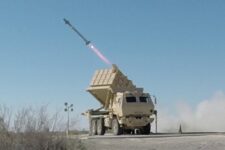
The new approach will focus on an urgent but largely unmet threat: Russian and Chinese cruise missiles.
By Sydney J. Freedberg Jr.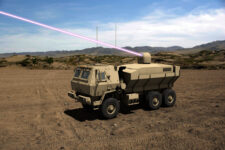
Lockheed is as close to an incumbent as you get in the rapidly evolving world of high-energy fiber lasers. Raytheon, by contrast, only recently made a big play for laser weapons, but they can draw on their experience with lower-powered but exquisitely tuned laser sensors.
By Sydney J. Freedberg Jr.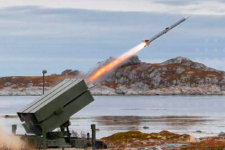
WASHINGTON: The Senate Armed Services Committee has lost patience with the Army program to develop cruise missile defenses, IFPC, and reallocated $500 million to buy an off-the-shelf alternative by 2020. The system would defend US bases abroad from Russian, Chinese, Iranian, or North Korean strikes. While the bill language and SASC staff are careful not…
By Sydney J. Freedberg Jr.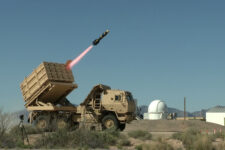
WASHINGTON: China or Russia could all too easily detect and destroy US Army missile defenses, exposing American forces to devastating attack, a forthcoming study finds. Patriot and THAAD units are big groups of big objects — launchers, radars, command posts — that emit lots of heat and radio/radar waves, are hard to camouflage, and can’t…
By Sydney J. Freedberg Jr.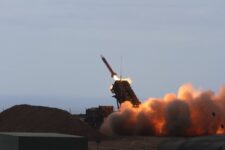
The Army’s embattled missile defense network, IBCS, passed a major field test at Yuma Proving Ground in October, contractor Northrop Grumman announced today. In stark contrast to chronic software crashes early on, the command-and-control system accurately tracked everything from drones to helicopters to fighter jets, both Army aircraft and Marine ones. (It’s hit ballistic and…
By Sydney J. Freedberg Jr.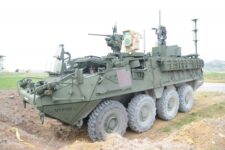
HUNTSVILLE, ALA.: The Army keeps putting more powerful lasers on smaller vehicles. Battlefield lasers in testing today can shoot down snooping quadcopters and other small drones. By the early 2020s, however vehicles mobile enough to keep up with combat brigades – Strykers and FMTV trucks – will have power in the 50 to 100 kilowatt…
By Sydney J. Freedberg Jr.
WASHINGTON: Northrop Grumman‘s IBCS network could revolutionize how the Army does air and missile defense, if they can get the software to stop crashing. Since Pentagon testers found in February 2016 that the system had to abort, on average, every six to eight hours, the program has worked hard to make the software “more robust,”…
By Sydney J. Freedberg Jr.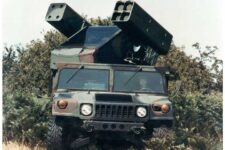
ARLINGTON: As Russia and other adversaries stock up on drones, rockets, and missiles, the US Army is building up defenses to shoot them down. But that Short-Range Air Defense force has been devastated by a decade of cuts. The service’s plan to revive SHORAD involves deploying to Europe about 50 more of its current Avenger…
By Sydney J. Freedberg Jr.
UPDATED with Brig. Gen. Turner remarks on the report WASHINGTON: Marines are famously aggressive, but a new battle plan from a leading thinktank makes Iwo Jima look low-risk. The Center for Strategic & Budgetary Assessments’ proposed concept of operations is imaginative, exciting and more than a little scary: In a future war, rather than stay far…
By Sydney J. Freedberg Jr.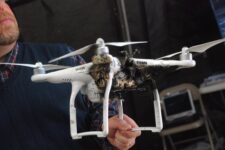
WASHINGTON: When do laser weapons finally become real? The low-hanging fruit for a near-term application looks like it’s shooting down enemy drones before they can target US forces. Both the Army and Marines are testing vehicle-mounted “counter-UAS” (Unmanned Aerial System) lasers, while the Navy already has a bulkier model aboard the USS Ponce in the…
By Sydney J. Freedberg Jr.
WASHINGTON: In a report out this morning, CSBA scholars Bryan Clark and Mark Gunzinger argue that we don’t just need new technology and new tactics to confront the growing missile threats from China and Russia, though lasers, railguns, and hypervelocity projectiles are all useful. We need a different missile defense mindset than what we have today, one that trusts…
By Sydney J. Freedberg Jr.


